We I was small we would visit my grandmother(my father’s mother) in Williams Lake which was closer than my other grand parents. She came from Scotland and had an accent any many things from her family at her home. She also special scented soaps and that scent I now always associate with her. The soap was Lavender scented (from Yardley) and I still love that fragance. Here in Victoria we are able to grow that most famous of aromatic plants in many forms. The Lavender plant which most reminds me of the soap in its scent is Lavandula angustifolia ‘Hidcote’ (Hidcote Lavender).

'Hidcote' Lavender Lavendula angustifolia 'Hidcote' has the fragrance that most reminds me of my grandmother.
Lavenders are plants which originate form the mountainous areas of France and Italy and Spain. The numerous species of plants have been used for millennial for fragrance, medicinal, herbal and culinary purposes. Different Lavenders have slightly different scents, some are more resinous(pine scented) while others are are less potent and kind of dusty (almost musty). What we think of as ‘true’ English Lavender scent is Lavandula angustifolia with bright flower that are dried for sachets stuffing pillows, used in oils lotions, soaps and pomanders. The scent is said to be calming and is used that way in herbal medicine. The flowers have many culinary uses from sweets to teas and inclusion in meat dishes and other savory foods.
Hidcote lavender is a true English Lavender selection( selected in 1950) which is named after the world-famous garden at Hidcote Manor near Chipping Campden, Gloucestershire. Hidecote Manor was an estate whose gardens were developed by Lawrence Johnson (1871-1958). Johnson was born in France to an American father who was a wealthy stockbroker. Lawrence Johnson has nor formal horticulture training but was extremely artistically talented. Lawrence when to Cambridge and graduated with a degree in history from Trinity College and later joined the British army fought in the Boer War and World War 1. In 1907 his mother bought Hidcote and he went to live with her in the 200 acre estate.

A contemporary west coast drought tolerant garden with Hidcote Lavender as one of the feature plants.
For the next 41 years Lawrence developed 10 acres into a magnificent series of garden rooms each with its own surprises and unique features. he was much influenced by Gertrude Jekyll the Arts and Crafts movement which was primarily located in Great Britain. The gardens of Hidcote were seen as being so important that the National Trust selected them for their first example of gardens to include in their collection of places of cultural heritage. 150,000 people visit the Hidcote gardens every year to learn and get inspiration from them.

A modern use of Hidcote Lavender(Lavandula angustifolia 'Hidcote') seen in this garden at Parkside Victoria.
Most lavenders grow well on Vancouver Island even though we have much more rain that would occur where they originate, drainage is important. Here in Victoria most gardens are on top of a layer of clay and fine sand which means placing any Lavender is tricky. Hidcote Lavender seems to do the best of all the different species which are grown here as it is quite hardy and will take more moisture that some others which will regularly die or be severely damaged during colder winter here.

Hidcote Lavender is just one of the massed plantings used to create color throughout the year on the main street through Brentwood Bay.
Growing Hidcote Lavender is easy in the right place. You need full sun and well-drained soil especially in wetter climates. The best plantings I have seen are completely exposed to the elements such as those in the Terraced Gardens at Government House. There they grow in rocky niches in soil which probably is not that deep and they will bake in the summer. Although Hidcote Lavender is a shorter dense plant it will do well with a cutting back after the flowers start to fade in color. This will set a flush of new vigorous growth before autumn dormancy will set in. Hidcote lavender grows up to 30-45 cm. (12-18 in.) tall and about as wide. It is rated at tolerating -34 c.(-30 f.) or zone 4.
Hidcote Lavender can be used in a variety of ways such as in containers, as a formal or informal edging for paths, drought tolerant garden, deer or rabbit resistant garden, mass plantings or specimen plantings, as an accent, in herbal and fragrance gardens or collections. True Hidcote Lavender is propagated by cuttings but what you get in most garden shops is a Hidcote strain of seed grown plants which generally are very uniform in their growth, color and size. This is an excellent seed strain.
Many forms of Lavandula angustifolia:http://en.wikipedia.org/wiki/Lavandula_angustifolia
Hidcote Manor:http://www.nationaltrust.org.uk/main/w-vh/w-visits/w-findaplace/w-hidcote.htm
Lawrence Johnson:http://www.countrylife.co.uk/gardens/article/473685/Great-British-garden-makers-Lawrence-Johnston-1871-1958.html














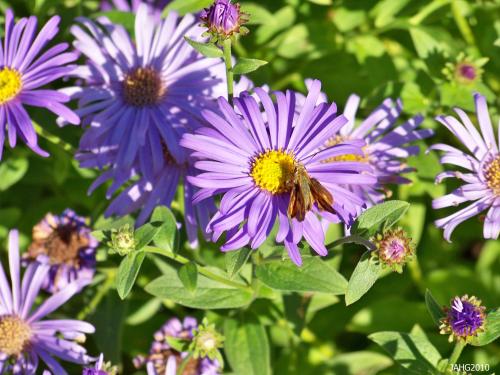
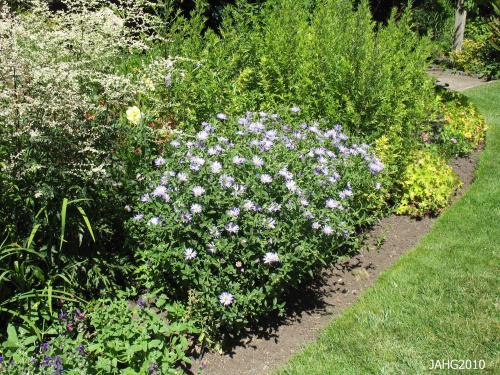
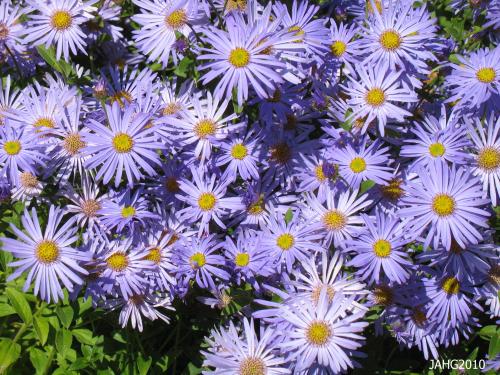
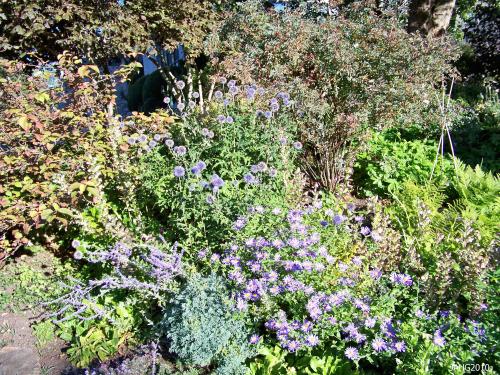
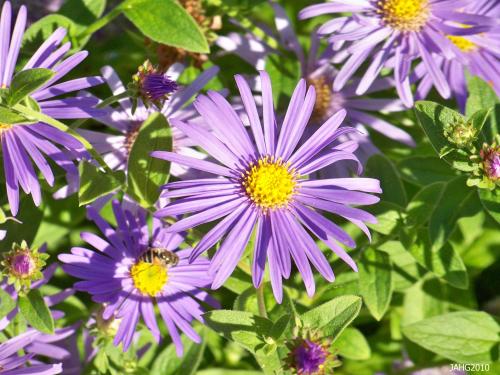
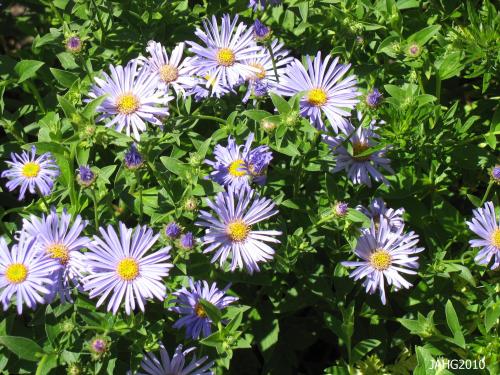
 Stumble It!
Stumble It!






